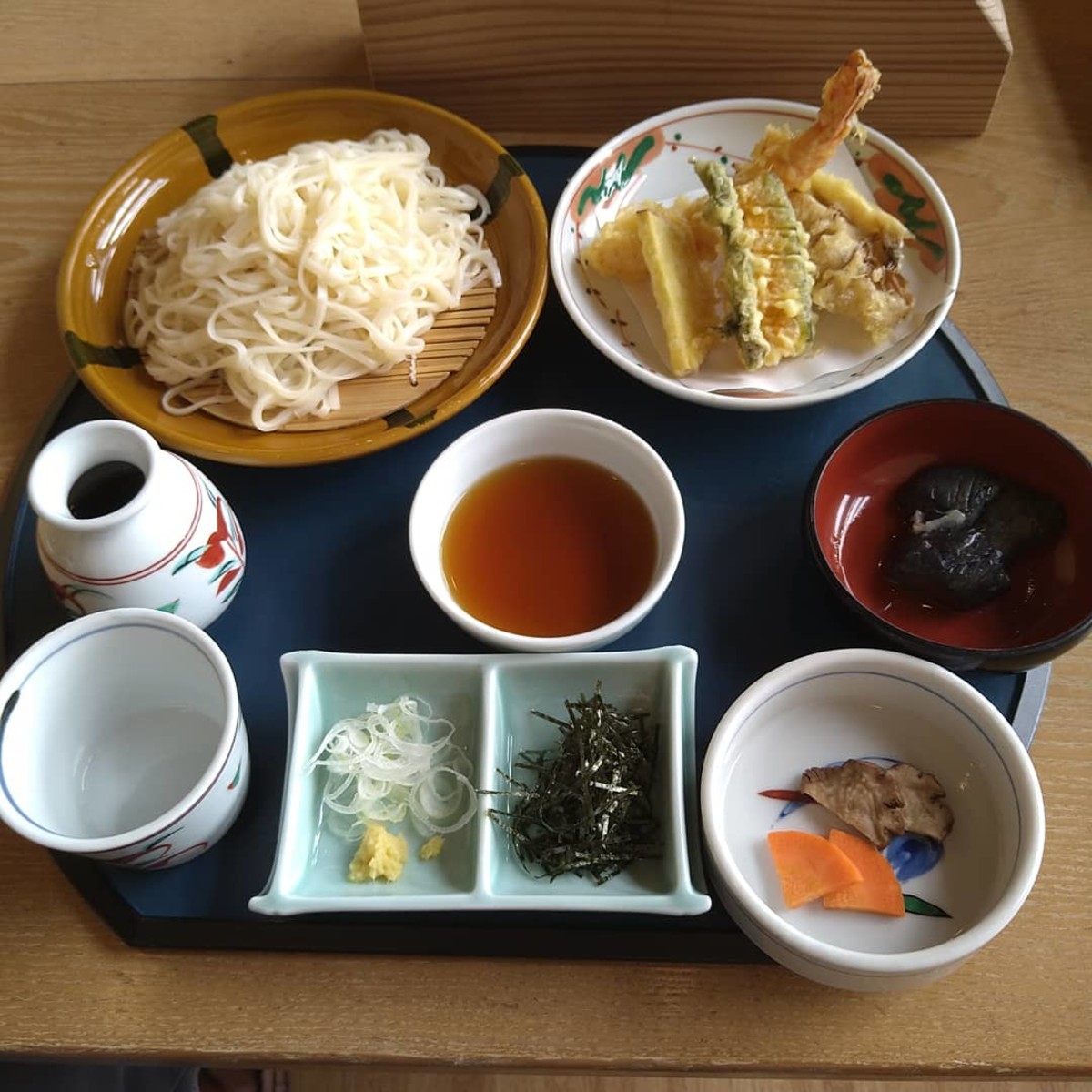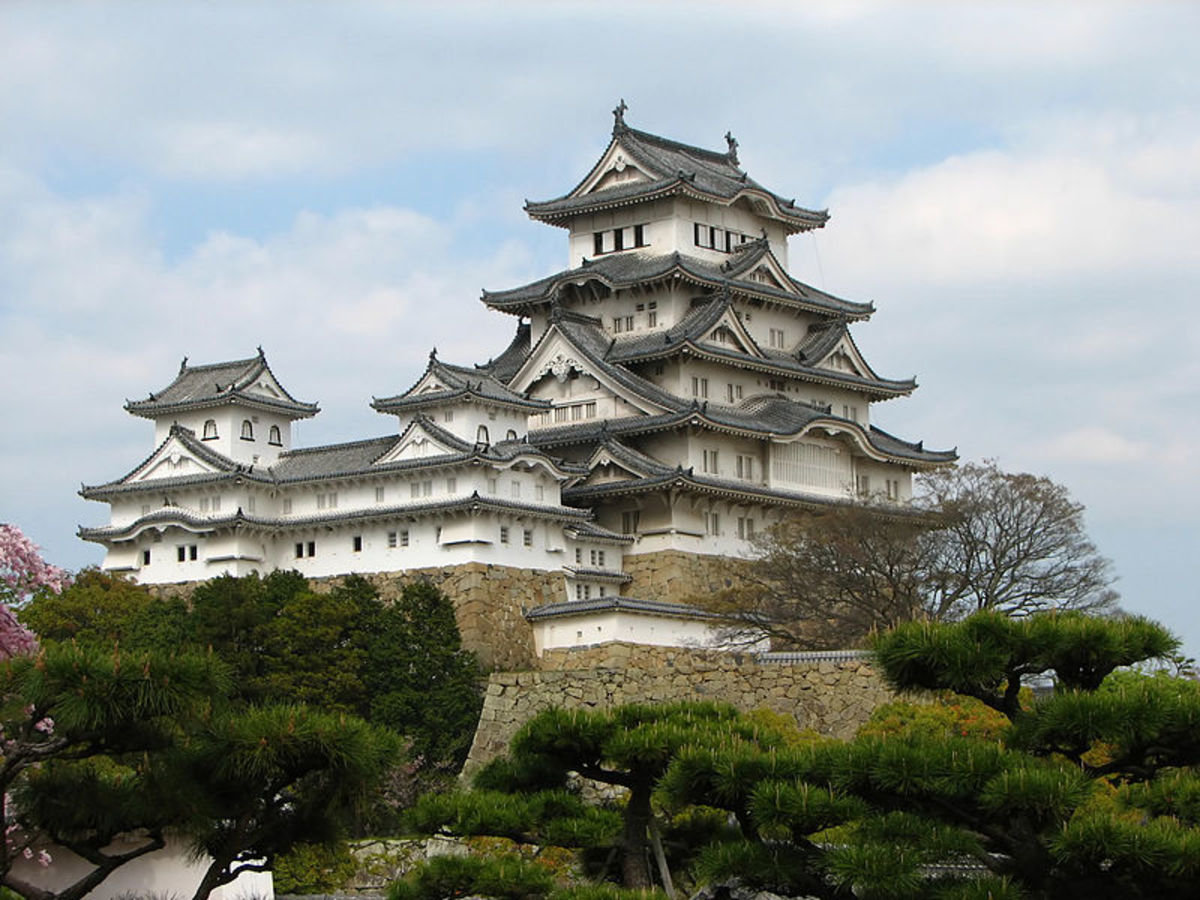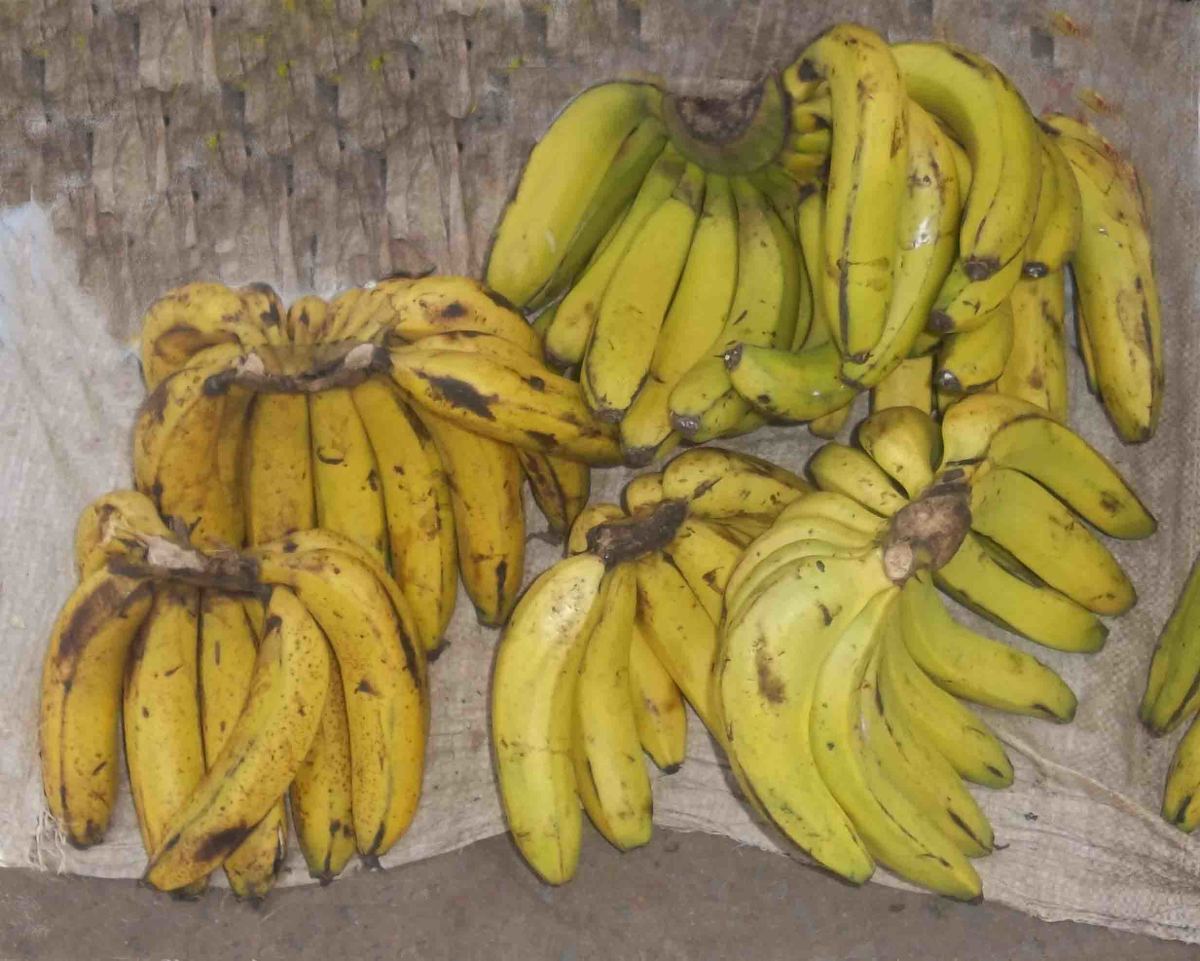Four Delicious Japanese Foods That Aren't Sushi
Japanese Cuisine
When the words "Japanese cuisine" are uttered, most of us will probably inadvertently think of rice, raw fish, noodles, soy sauce and other common Asian, and often not necessarily Japanese, food products. However, Japan is home to hundred's of unique dishes - some with flavours as complex as their preparation process, some beautifully exquisite in their simplicity.
1. Takoyaki (Lit: Fried octopus)

Takoyaki (Lit: Fried Octopus)
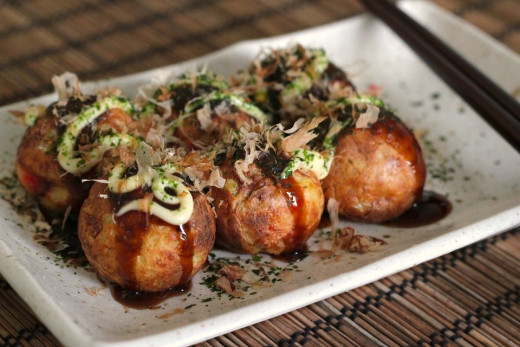
Whatever the dish, the Japanese take pride in the preparation and presentation. Aesthetics are, after all, hugely important throughout all aspects of Japanese culture. The aesthetic value within Japanese cooking is arguably as important as the taste and freshness of the food being served. To see a Japanese chef prepare a meal is reminiscent of katana wielding samurai practicing his art - total awareness of every slice made, each with deadly precision.
Takoyaki is a Japanese fast food often found at street stalls, particularly in Osaka where the dish originates. Due to it's savory nature, it can also be enjoyed as a meal and is served in restaurants throughout Japan. Takoyaki is a simple dish - chopped octopus fried in batter and topped with green onions, pickled red ginger, mayonnaise and yakoyaki sauce. Portable takoyaki pan's are available to buy online and are great for parties, cooking right at the dinner table. Indeed, these kind of parties are popular in Japan. Though it technically will no longer be tako (octopus) yaki, feel free to try other fish, meat or vegetable based ingredients.
2. Okonomiyaki (Lit: "Grilled as you like")

Okonomiyaki (Lit: Grill as you like)
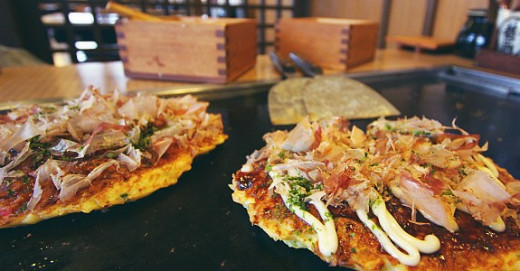
The Japanese love food. Be it the countries many regional dishes, or the simple staple Japanese diet, they REALLY love food. Contrary to popular belief, it is not very expensive to eat out in Tokyo, or any other Japanese city, once one stays clear of the tourist traps. Urban Japanese are known to frequently eat out for breakfast, lunch, dinner or late night meals. It is even possible to dine in a Michelin award winning restaurant without breaking the bank. For example, Nakajimi in Shinjuku, Tokyo, offers fish dishes from ¥800 (€5.50, $7.00, £4.40).
Okonomiyaki is a bit like an omelette, made with flour, eggs, cabbage, pork (bacon), shrimp or other seafood, and topped with a variety of condiments. In Japan, this is a hugely popular savory dish with many restaurants serving nothing but okonomiyaki! Two regional varieties exist, Hiroshima style and Osaka style. The simple difference between the two is that the ingredients in Hiroshima style are layered and often contain fried noodles, whereas Osaka's style (the more predominate style in Japan) mixes the ingredients before frying. Hiroshima style okonomiyaki can be a little more difficult to make so it's suggested initially to try make Osaka style at home.
In Hiroshima city center, there is "Ononomi-mura" (Lit: Okonomiyaki Village), a building which houses 26 okonomaki restaurants. The restaurants there use a specialty okonomiyaki sauce created especially for Okonomi-mura.
Okono-mura Location
Okono-mura is "food theme park" for families at the east end of Hiroshima's main shopping street, Hondori.
3. Sukiyaki
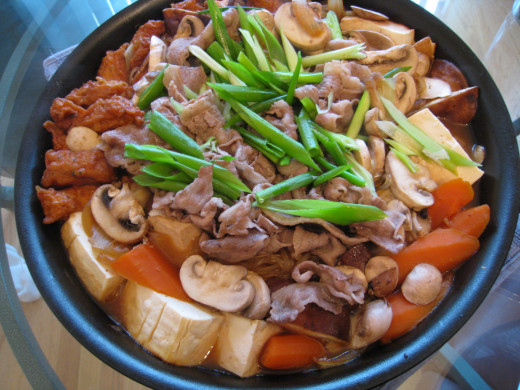
Sukiyaki

Japan can safely relish in the fact that it has the highest number of two and three star Michelin restaurants globally, with France bringing up second place. Comparing the capitals of each country, Tokyo and Paris, statistics really show how much respect the Japanese give to food. Tokyo has roughly 175 one star Michelin restaurants, while Paris has only 52. Tokyo also scores higher on two and three star Michelin restaurants, leaving Paris in the dust.
Sukiyaki is a kind of soup or stew where all ingredients are cooked together in a nabemono (Japanese hot pot) style. The pot is a shallow cast iron pot containing a sweet and salty stock comprised of mirin, soy sauce and sugar. This is a typically winter Japanese dish where the ingredients are cooked at the table on a portable gas stove, eaten as it cooks. If you don't have a cast iron pot or portable stove, don't worry, a regular pot on the stove will work just as well.
The main ingredient in sukiyaki is thinly sliced beef. Like many Japanese dishes, two regional variations exist - Kansai style where the meat is first glazed in sukiyaki sauce and simmered before the addition to the pot containing other ingredients, and Kanto style where all ingredients are cooked simultaneously in the pot. Additional ingredients include typically Japanese vegetables but feel free to experiment with your own. Upon cooking, the sukiyaki beef is usually dipped in raw egg. However, if you are from the U.S. where salmonella is an issue, this aspect of the meal can be omitted.
Note: The number 1 hit song "Sukiyaki" is in no way related to the dish, or any food for that matter. The original title "Ue o Muite Arukō" (I look up as I walk) was changed to sukiyaki by English speakers, a more familiar and easily pronounced Japanese word.
This song is in no way related to the dish "sukiyaki", or any food for that matter - but it is great!.
4. Yakisoba (Lit: Fried soba)

Yakisoba (Lit: Fried soba)
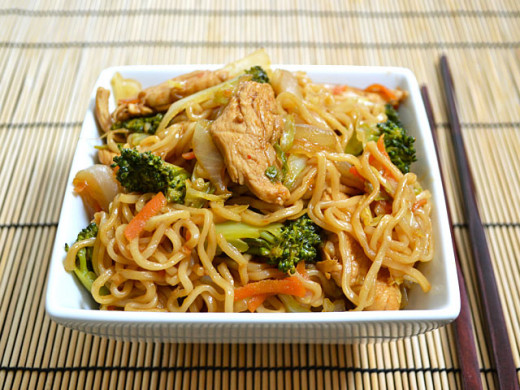
With impressive detail given to the preparation of ingredients, precision in the cooking, and delicious taste, it is easy to see why Japanese cuisine is becoming more and more appreciated, with restaurants popping up worldwide. This was a brief introduction to some Japanese dishes you may not have heard of. Give them a go! If the pictures didn't get your mouth watering, the smell and taste will.
Yakisoba, a slightly spicy, fruity and sweet dish, is one of Japan's best known street foods, available at festivals and food-stalls throughout the country. The dish is also commonly sold throughout Japanese restaurants. While the word "soba" indeed refers to thin, long buckwheat noodles, yakisoba is made using ramen noodles. These noodles are fried with carrot, onion, cabbage, scallion, garnished with red pickled ginger, aonori and katsuobushi. (If you have trouble finding the latter ingredients, feel free to omit them.) Seafood or meat can also be incorporated into the dish. The distinctively spicy, tangy and sweet sauce is a Japanese sauce called "chuno sauce", made with ingredients such as tomatoes, prunes, apples, carrots, onions, garlic and ginger and seasoned with spices such as cinnamon and clove. An easy and alternative substitute to chuno sauce is to use a mixture of worcestershire sauce with ketchup.


